Netbooks with two screens appear
Kohjinsha's netbook version of a Japanese electronics company that has two 10.1-inch screens with horizontal slide design is on display at the Ceatec 2009 exhibition .

Kohjinsha netbook 2 screen. Photo Ubergizmo .
It has a strong configuration compared to current netbooks, with an AMD Athlon NeoMv-40 1.6 Ghz processor, 4 GB of RAM, a 160 GB HDD and support for DirectX 10 graphics and equipment. TV tuner television reception device. It has full Bluetooth and Wi-Fi connectivity 802.11n.
According to PCWorld, although it is a prototype version and exhibited at the 2009 Ceatec exhibition, Japanese electronics maker has "released" this netbook at the end of the year for about $ 800.
Pictures of Kohjinsha Netbook at Ceatec 2009.
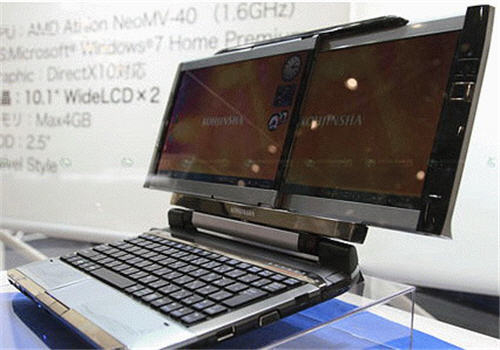
Two screens slide across each other.
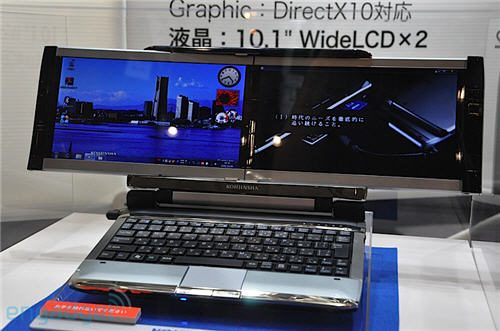
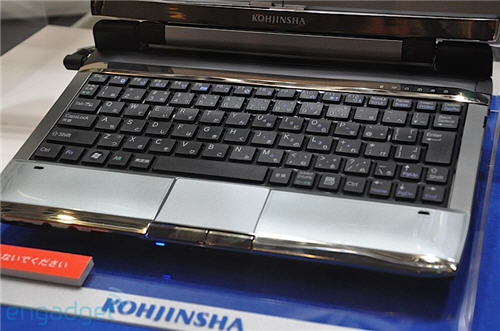
Chiclet keyboard, extended touch pad to the edge of the device.
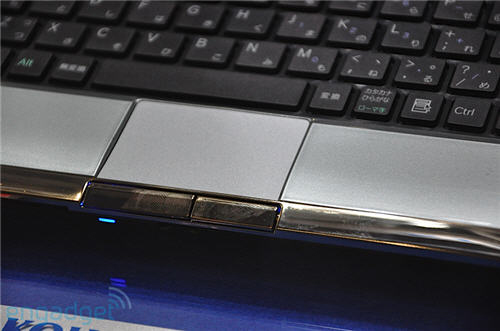
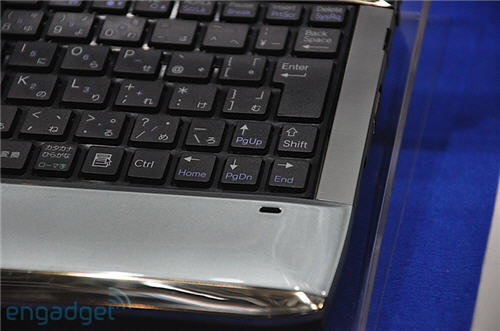

Screen on the right.
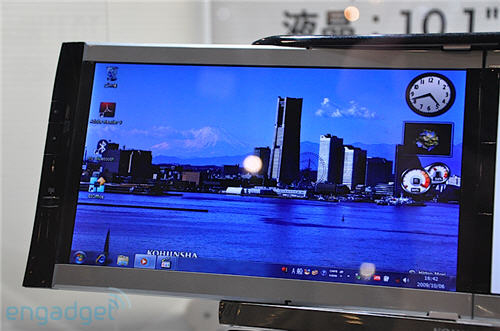
Screen on the left.
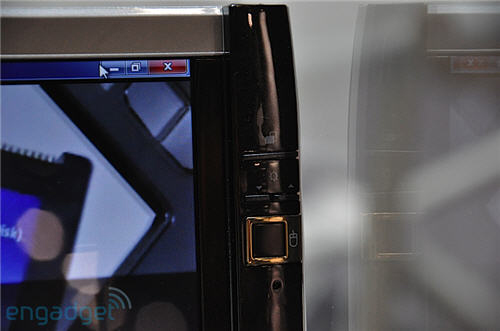
Adjust screen brightness with the key available on the screen.
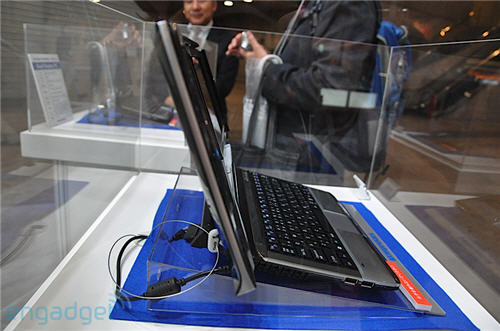
The left edge is 2 USB ports.
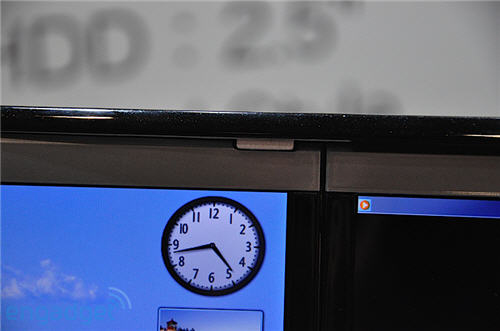
In addition to the sliding track with protective ledges.
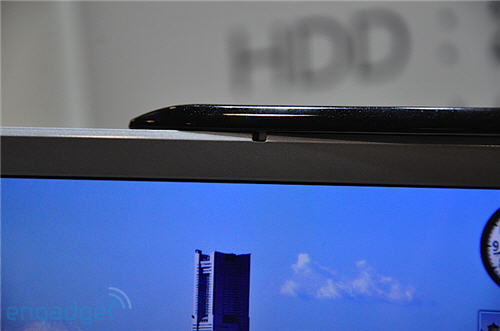
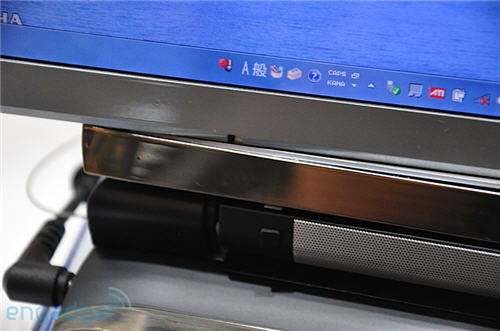
Sliding track below.
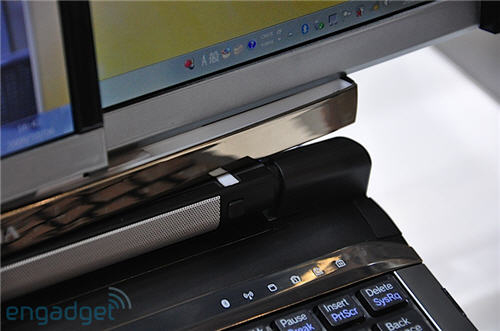
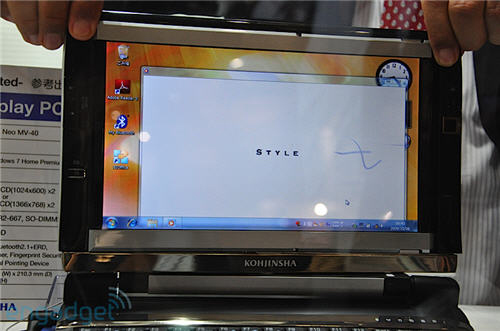
Collapse a screen backwards.
 Satellite L510 adds new models
Satellite L510 adds new models Lenovo U150 will replace the netbook
Lenovo U150 will replace the netbook Sony Vaio X in real life
Sony Vaio X in real life Sony out Vaio CW and PC all in one
Sony out Vaio CW and PC all in one Dell 9.9 mm thin Dell Adamo showing off
Dell 9.9 mm thin Dell Adamo showing off Revealing a $ 100 netbook
Revealing a $ 100 netbook